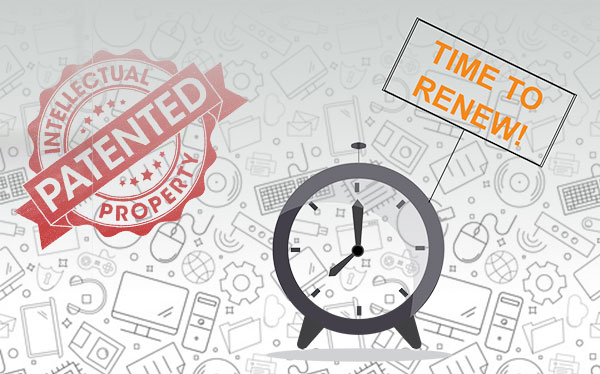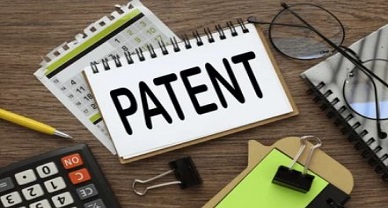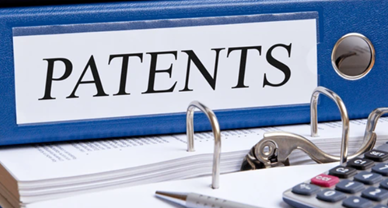Patent Prosecution in India – Restoration of Lapsed Patent

The term of a patent is 20 years that starts with the earliest filing date of a patent application (i.e. from the filing date of a provisional application or the filing date of a complete application in case the provisional application is not filed). To maintain a patent, a maintenance fee or a patent renewal fee needs to be paid at specified time intervals (within a window period in which the patent maintenance fees need to be paid) to the Patent Office to keep the patent alive. Failure to do so may result in the patent getting lapsed with forfeiture of rights over the patented invention. However, the Patents Act, 1970, specifies a provision for restoration of such lapsed patent(s) under section 60.
According to sub-section (1) of section 60 of the Patents Act, 1970, when a patent has ceased to have an effect due to non-payment of renewal fees within the specified time, the patent may be restored within 18 months from the date on which the patent ceased to have an effect, by filing an application for restoration (Form-15). The application can be filed by an assignee and/or a patentee or his/her legal representative to the Controller.
The application filed by the applicant must state the conditions or specific reason for the failure to pay the maintenance fee on time, with evidence and documents in support, to prove that the failure to pay the fee was unintentional and there was no undue delay in applying for restoration of patent. However, the controller may ask for further evidence in support, if required.
If the controller is of the opinion that there is a prima facie case of unintentional failure of payment of renewal fee, and there is no undue delay in filing the application for restoration of lapsed patent, the application for restoration is published by Patent Office. However, if the controller believes that there is no prima facie case of restoration, and the delay in fee is intentional, a notice is issued to the applicant. The patentee, in such a case, needs to request the controller allowing for an opportunity to be heard within 1 month from the date of the notice and to schedule a hearing. Failure to do so may result in refusal of application of restoration, and a written notice is issued to the applicant to that effect.
In case of restoration of application, any person interested may file a notice of opposition within two months from the date of publication of the application for restoration of lapsed patent. The notice of opposition must include a statement with the nature of the opponent’s interest, grounds of opposition, and evidence in support that indicates that the failure to pay the renewal fee was intentional. The controller then provides a copy of the above notice of opposition to the applicant (patentee).
If there is no opposition filed by any person interested within two months from the date of publication of the application for restoration, the controller may allow the application for restoration. The unpaid fee along with other additional fees (as specified in schedule 2) must be deposited by the applicant (patentee) within a month of notice of allowance of application for restoration of the lapsed patent.
In case a third party has already started utilizing the patented invention or has taken definitive steps towards the same (between the date when the patent ceased to have an effect and the date of publication of the application for restoration), the onus lies on the controller to make provision(s) (and other conditions) in every order for restoration, as the Controller may deem fit, for protection and compensation of the third party. No suit or any other proceeding can be instituted or prosecuted in respect of an infringement of a patent committed between the date on which the patent ceased to have an effect and the date of the publication of the application for restoration of the patent.


